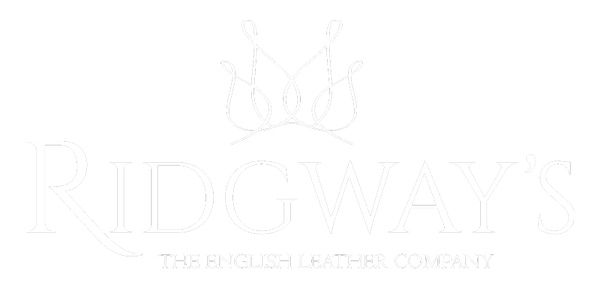Types Of Leather
Leather is a durable, yet flexible, material that is created by the tanning of skins or hides. Although the treating and production of leather hides has been carried out by the humans for millennia, leather is still as popular today as it ever has been.
Leather can be produced from almost any living being that has a skin including; cow, goat, sheep, ostrich, alligator, crocodile, pig, snake, salmon, perch, sturgeon, deer, shark and a few other exclusive ones. You can even produce leather from human skin and this has been carried out throughout history, sometimes as a form of punishment and other times as a form of respect and admiration.
There are a number of different ways in which leather can be treated and finished to suit the specific requirements of the customer.
Leather Finishes
FULL-GRAIN
Hides that have not been sanded or buffed in order to retain, what many to consider to be, the true character and nature of leather. As a result, the surface is very smooth and featuring all of the natural details of the hide – often complimented by an aniline finish. Retaining the grain provides superior strength and durability, along with better breathability resulting in less absorbed moisture.
TOP-GRAIN
The grain is sanded and a finish coat is added which provides a greater resistance to stains compared to full-grain leather.
CORRECTED-GRAIN
Applies to any leather that has had an artificial grain applied to the surface. The surface is often sanded or buffed off and then an artificial grain is pressed upon the surface. This type of leather is usually found with a semi-aniline or pigmented finish.
SPLIT
This is created from the top-grain being separated from the rawhide. Split leather has an artificial layer applied to the surface which is embossed with a leather grain. Suede is one of the most commonly known, and used, types of split leather out there. The reason it is “furry” on both sides is because it has the grain complete removed therefore features a fleshed surface on both sides.
